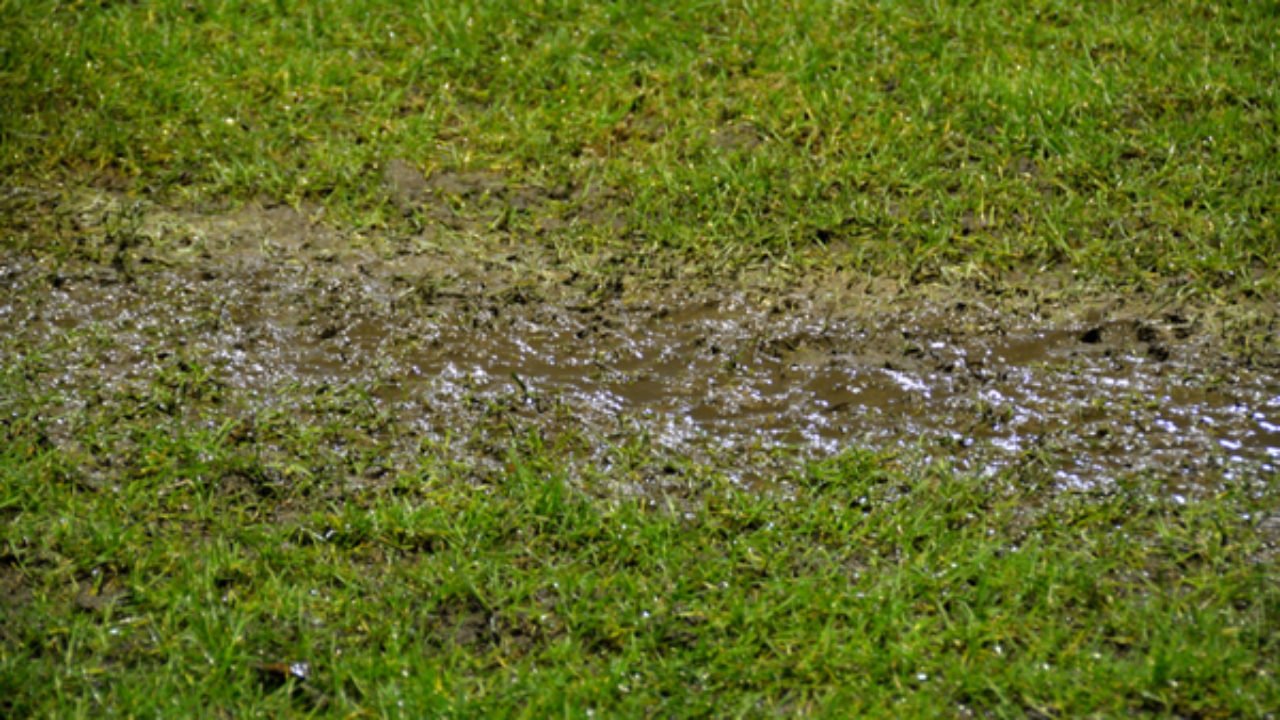Exactly how to Check If Your Home Has a Hidden Leakage
Exactly how to Check If Your Home Has a Hidden Leakage
Blog Article
Are you in search of info about Locating water leaks?

Early discovery of dripping water lines can mitigate a possible calamity. In addition to conserving you cash, it will lessen the irritation and also irritation. The minute you find a leak, calling your plumber for fixings is the best solution. Nonetheless, some little water leaks might not show up. If you can not find it with your naked eyes, here are some hacks that assist.
1. Examine the Water Meter
Every residence has a water meter. Checking it is a proven way that assists you find leaks. For starters, shut off all the water resources. Guarantee nobody will certainly purge, use the tap, shower, run the cleaning machine or dishwashing machine. From there, go to the meter as well as watch if it will alter. Since nobody is utilizing it, there ought to be no activities. That indicates a fast-moving leak if it relocates. Furthermore, if you identify no changes, wait a hr or more as well as inspect back again. This indicates you may have a slow-moving leakage that might also be below ground.
2. Examine Water Intake
If you detect sudden modifications, despite your usage being the exact same, it indicates that you have leaks in your plumbing system. A sudden spike in your costs suggests a fast-moving leakage.
At the same time, a consistent increase on a monthly basis, despite the same practices, reveals you have a slow-moving leak that's also gradually intensifying. Call a plumber to completely examine your property, especially if you feel a cozy area on your flooring with piping beneath.
3. Do a Food Coloring Test
When it comes to water consumption, 30% comes from commodes. If the color in some way infiltrates your bowl throughout that time without flushing, there's a leakage in between the tank as well as dish.
4. Asses Exterior Lines
Don't fail to remember to inspect your outside water lines also. Must water leak out of the connection, you have a loosened rubber gasket. One tiny leakage can waste lots of water and also spike your water expense.
5. Examine and also Analyze the Situation
Property owners ought to make it a behavior to inspect under the sink counters and also even inside closets for any type of bad odor or mold and mildew development. These 2 warnings show a leak so timely attention is needed. Doing regular examinations, also bi-annually, can save you from a significant issue.
Examine for discolorations as well as compromising as many pipelines as well as appliances have a life expectations. If you presume leaking water lines in your plumbing system, do not wait for it to rise.
Early discovery of dripping water lines can alleviate a potential disaster. Some tiny water leakages might not be noticeable. Examining it is a proven means that aids you find leakages. One little leakage can squander lots of water as well as spike your water expense.
If you suspect dripping water lines in your plumbing system, do not wait for it to rise.
WARNING SIGNS OF WATER LEAKAGE BEHIND THE WALL
PERSISTENT MUSTY ODORS
As water slowly drips from a leaky pipe inside the wall, flooring and sheetrock stay damp and develop an odor similar to wet cardboard. It generates a musty smell that can help you find hidden leaks.
MOLD IN UNUSUAL AREAS
Mold usually grows in wet areas like kitchens, baths and laundry rooms. If you spot the stuff on walls or baseboards in other rooms of the house, it’s a good indicator of undetected water leaks.
STAINS THAT GROW
When mold thrives around a leaky pipe, it sometimes takes hold on the inside surface of the affected wall. A growing stain on otherwise clean sheetrock is often your sign of a hidden plumbing problem.
PEELING OR BUBBLING WALLPAPER / PAINT
This clue is easy to miss in rooms that don’t get much use. When you see wallpaper separating along seams or paint bubbling or flaking off the wall, blame sheetrock that stays wet because of an undetected leak.
BUCKLED CEILINGS AND STAINED FLOORS
If ceilings or floors in bathrooms, kitchens or laundry areas develop structural problems, don’t rule out constant damp inside the walls. Wet sheetrock can affect adjacent framing, flooring and ceilings.
https://www.servicemasterbyzaba.com/blog/how-to-detect-water-leakage-in-walls/

I have been very occupied with Hacks to detect leaks and I'm hoping you enjoyed reading our blog post. Sharing is good. Who knows, you might be doing someone a favor. I am grateful for your time. Visit again soon.
Report this page